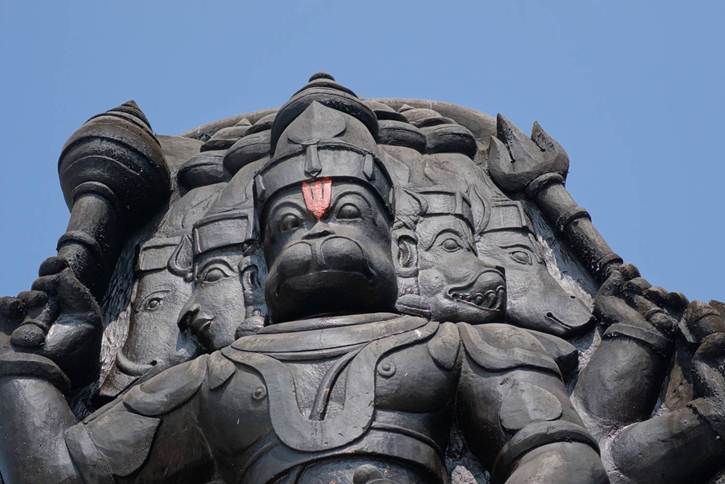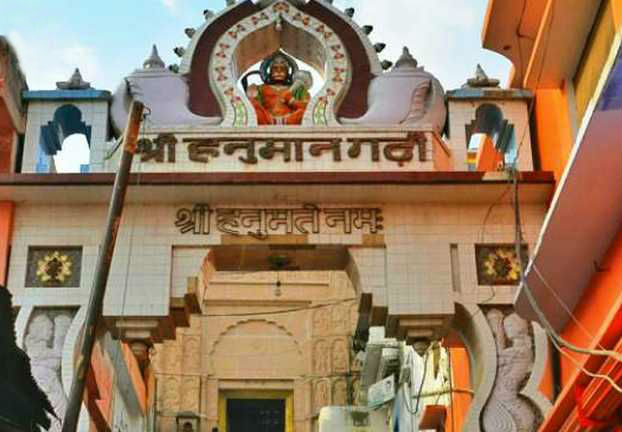The Chhath Festival, one of the most significant and ancient festivals of India, is celebrated with great fervour and devotion, primarily in the states of Bihar, Uttar Pradesh, Jharkhand, and parts of Nepal. It honours the Sun God (Surya) and his consort Ushas (Dawn Goddess), and it is considered a symbol of gratitude for the divine forces that sustain life on Earth. The festival, which spans over four days, involves rigorous rituals that focus on purification of the body, mind, and soul, as well as the worship of natural elements that are crucial for life, especially the Sun.
History and Mythological Significance
The origins of Chhath Puja are deeply rooted in the ancient scriptures and mythologies of India. While its precise historical roots are difficult to pinpoint, the festival is believed to date back to the Vedic era, when the Sun was worshipped as the source of life and sustenance. It is thought to have been celebrated since ancient times by people who recognised the Sun’s power to bestow health, prosperity, and fertility.
According to Hindu mythology, Chhath is associated with the worship of the Sun God, who is considered the creator of all life. The most well-known legend behind the festival is the story of Lord Rama, the king of Ayodhya. It is believed that after his return from exile, he performed the Chhath Puja to thank the Sun God for his blessings and to seek his protection and prosperity for his kingdom. The festival was later adopted by various dynasties, notably in Bihar, which became a prominent centre for the celebration of Chhath.
Another popular mythological connection is to Mata Shashthi, the goddess of fertility and the protector of children. It is said that she was worshipped during Chhath to ensure the well-being of children and the prosperity of families.
Beliefs and Spiritual Importance
At the core of the Chhath Festival lies a belief in the power of Surya (the Sun God), who is revered not only for his physical power but also for his spiritual significance. Worshipping the Sun during Chhath is believed to help devotees purify their souls and bodies, leading to health, wealth, and prosperity. It is also believed to bring the blessings of a long and healthy life, especially for children. The festival is particularly important for women, as it is considered a way to seek divine blessings for the well-being of their families.
The devotees who observe the Chhath rituals express their gratitude to the Sun God for the sunlight that nurtures crops, supports health, and is believed to have life-giving properties. By performing these rituals, it is believed that one can rid oneself of past sins and accrue positive karmic rewards.
Rituals and Process of Chhath Festival
The Chhath Festival spans over four days, each with its own set of rituals and traditions:
- Nahay Khay (First Day):
The first day marks the beginning of the festival, during which the devotees cleanse their homes and bodies. This day is dedicated to taking a holy dip in the river, pond, or any water body, followed by the preparation of ‘pure’ food. The day marks the start of fasting, where participants eat only once and refrain from consuming any salt, onions, or garlic.
- Kharna (Second Day):
On the second day, the devotees prepare and offer special ‘Prasad’ (offerings) made of kheer (sweet rice pudding) and roti (flatbreads) to the Sun God. The day is marked by a fast where the devotees do not consume food or water for the entire day, and at night they break the fast with the sweet offerings. This marks the beginning of the 36-hour long fast, which is observed without drinking water.
- Sandhya Arghya (Third Day):
On the third day, devotees gather near the river or a water body in the evening to offer the Sandhya Arghya (evening offerings) to the setting Sun. They hold bamboo baskets filled with fruits, sweets, and offerings as they stand knee-deep in water, singing devotional songs and prayers. This is a highly spiritual moment where the family members come together to offer their gratitude to the Sun God and pray for the well-being of their loved ones.
- Usha Arghya (Fourth Day):
The final day of Chhath involves the offering of Usha Arghya, or the morning offerings, to the rising Sun. As the first rays of the Sun emerge on the horizon, devotees stand in water, holding their offerings in the same manner as they did the previous evening. This is the culmination of the fasting period, and it is believed that the devotees who complete the ritual with utmost devotion will be blessed with prosperity, health, and peace.
Throughout the rituals, devotees sing Chhath songs, known as “Sohi” and “Bajra”, which praise the Sun God and recount the legend of Chhath. The fasting during Chhath is considered a way of purifying the body and mind, making the devotee more attuned to spiritual energy.
Chhath Puja’s Popularity
Chhath Puja has gained immense popularity over the years, and its scope extends beyond rural regions to urban centres as well. While it is primarily celebrated in Bihar, Uttar Pradesh, Jharkhand, and some parts of Nepal, it is now observed by people in other parts of India, particularly in major cities with large Bihari or Jharkhandi communities. In cities like Delhi, Mumbai, and Kolkata, special arrangements are made for Chhath devotees to perform the rituals by setting up temporary riverbanks along the Yamuna and other rivers.
The festival has grown in prominence due to the devotion and discipline that it demands from its followers. The increasing popularity of Chhath is also attributed to the fact that it is a community-based event, where people come together to worship nature and the Sun. Social harmony is enhanced as people of all backgrounds participate in the rituals.
Scientific and Health Benefits
Although Chhath Puja is fundamentally a spiritual and religious occasion, there are several scientific and health benefits associated with its rituals:
– Exposure to Sunlight:
The ritual of offering prayers to the Sun has a positive impact on physical health. Sunlight is a natural source of Vitamin D, which is essential for bone health, improving immunity, and promoting the overall well-being of the body. Additionally, the practice of standing in water and basking in the Sun helps in detoxifying the body.
– Fasting Benefits:
The strict fasting regimen observed during Chhath, which includes abstaining from food and water, is believed to have a cleansing effect on the body. Fasting, when done in a controlled and disciplined manner, helps to detoxify the digestive system, improve metabolism, and boost energy levels.
– Detoxification through Rituals:
The practices involved in the Chhath rituals, such as fasting, the consumption of pure foods, and exposure to nature (sunlight and water), contribute to overall detoxification. These practices are believed to help in clearing out impurities from both the mind and the body.
– Mental and Emotional Clarity:
The spiritual aspect of Chhath, involving deep meditation and connection with nature, brings mental peace and emotional healing. Devotees often experience feelings of renewal and rejuvenation, which may contribute to a reduction in stress and anxiety levels.





